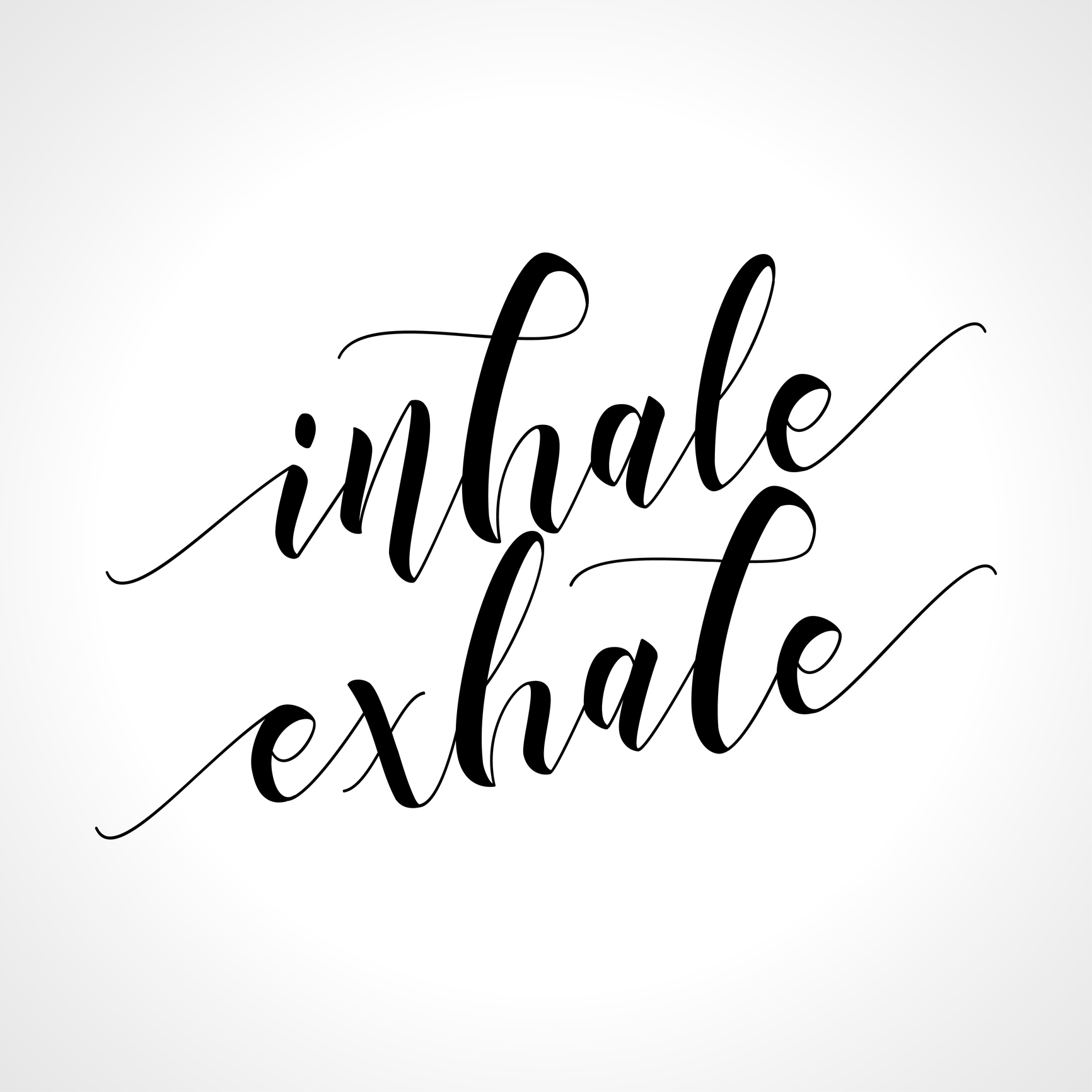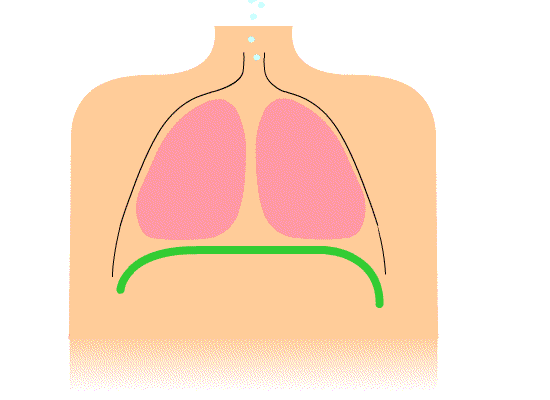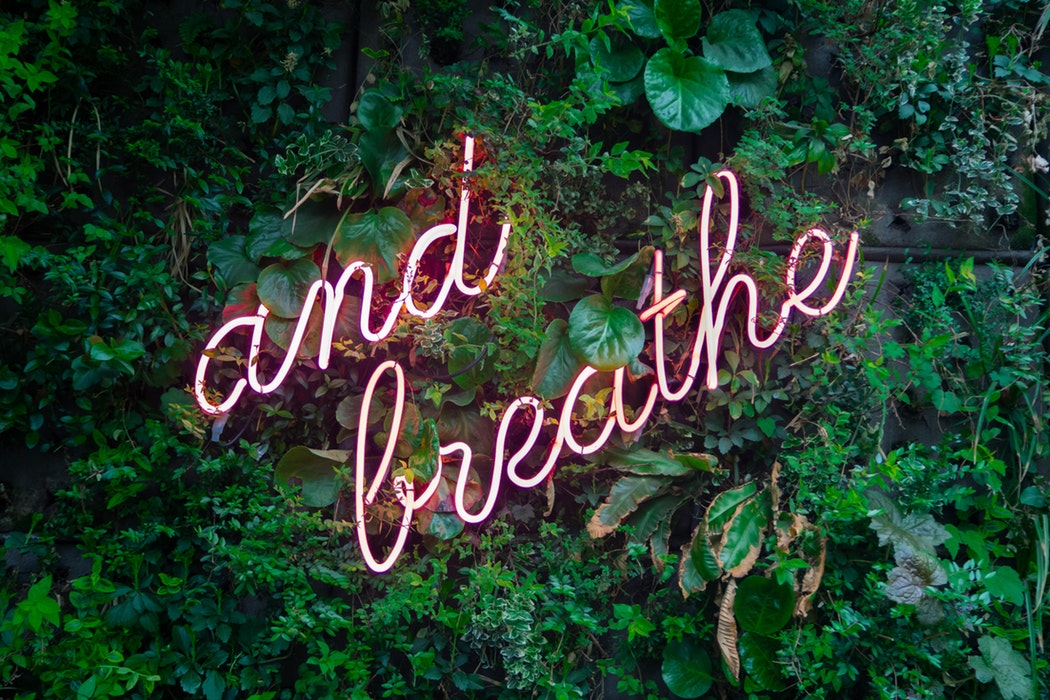So, I ask you: How’s your breathing right now?
Don’t we generally assume it’s ok? But is it? Have you tried diaphragmatic breathing techniques to enhance your everyday wellbeing?
672,768,000 breaths in a lifetime – but are you doing each of them correctly? That’s an average for a person living until 80 years.
What if it could be more useful, more holistic?
Breathing is an essential of life that most people take for granted.
Even so, how can breathing be this important – since we’ve been doing it all our lives and with little thought?
And most probably all too often we’ve been using a less than advantageous technique.
Goodness! Like we need another thing to think about?
Diaphragmatic breathing is a necessary part of the foundation for your wellness lifestyle and you must include it in your toolkit.
Living has an element of stress. Would you agree?
Hey – let’s not stress over the stress that poor breathing habits produce. Awareness and simple techniques can turn this around.
It’s time to learn the correct way to breathe.
Another option is to watch my YouTube where I discuss diaphragmatic breathing, it’s importance, and give a demo….or link right here.
WHY IS IT IMPORTANT
Breathing to wellness is a cornerstone of your self-care. Place it at the top of your to-do list 😉
And truly everyone needs to respect the entire process of breathing. This is no joke – it’s huge.
I personally have used it during highly stressful times. After all – sometimes we’re in situations when we need to be calm and not jumpy. It’s especially helpful for those of us who may get anxiety during such times.
Breathing is the driver of relaxation. Use it!
DEFINITION
Diaphragmatic breathing, or deep breathing, is done by contracting the diaphragm. This is a dome-shaped respiratory muscle found near the bottom of your ribcage, right below your chest.
Air enters the lungs; the chest does not rise, and the belly expands during this type of breathing.
Diaphragmatic breathing is a type of a breathing exercise that helps strengthen your diaphragm, an important muscle that helps you breathe. This breathing style is also sometimes called belly breathing or abdominal breathing.
A BIT OF HISTORY
References for how to control breathing and influence our health and mind appeared centuries ago in the yoga doctrines, Buddhism, and in Chinese Medical QiGong.
Fast forward to today and just about every relaxation, calming or meditation style relies on breathing.
A BIT OF PHYSIOLOGY
In understanding how we function as a living system let’s look at how the human body adapts to stresses.
We can pretty much all agree that emotions affect the body. When you’re calm, cool, safe, and in a pleasant situation – your breathing will slow down. This is the parasympathetic nervous system kicking in. That is the rest and repose nervous system.
The other one – not my favorite – is the sympathetic nervous system. This has to do with fear, pain, tension, and in those cases your breathing can speed up and become shallow.
Follow me here…breathing has a special power over the mind.
When you use diaphragmatic breathing, it provides soothing and slows down your worries.
8 STEPS TO CORRECT BREATHING FOR YOUR WELLBEING
1. Get in a comfortable position.
2. Place one hand on your abdomen.
3. Begin your breathing and judge for yourself. Which way is your body moving? Is your belly moving upward toward your chest or expanding fully outward, like you are blowing up a balloon?
4. Let the rhythm be at its regular tempo. It will by nature, slow itself down and become smooth and effortless.
5. Do not hold onto the stress of tight muscles or thoughts. Breathe and relax. Your body and mind will be your teacher. Think soothing thoughts – inhale calm.
6. Bring your breathing into your stomach – the stomach or abdomen whichever word you prefer to use. This is one way to tell yourself to move the process lower and away from the upper chest. Precisely though, the stomach is an organ located in the abdomen which is a region between the chest and pelvis. And your diaphragm is located in your abdominal cavity.
7. Hold the breath for a short and easy count. Then exhale.
8. At the time to exhale, you will feel your belly contract and become smaller.
STRESS BUSTER
Diaphragmatic breathing exercises are a major stress buster and can reduce tension and trauma by stimulating the parasympathetic nervous system which is the rest and repose nervous system.
You yourself have improved your mood. As a result, you will feel more energized, relaxed, calm, and mindful.
During a stress episode, stop and focus on your breath. This alone is a quick easy answer for some immediate relief and can be done anywhere. It helps you relax, lowering the harmful effects of the stress hormone cortisol on your body. Diaphragmatic breathing is the easiest way to evoke the relaxation response.
Start by increasing the awareness of your own breathing patterns and shifting to diaphragmatic breathing. When you are in a stressful situation, then stop and notice your breathing. If your thoughts are upsetting and clearly focused on stress related incidents, then shift to your relaxed breathing.
BOTTOM LINE
Your body feels superb if you will take the time to indulge in deep diaphragmatic breathing.
Your mind will feel at ease. And your cells will thank you immensely!
Want other cool self-care tips that will not only optimize your health & wellbeing
– but will have you on the path to living the Ageless Wellness Lifestyle too?
BE SURE TO GRAB YOUR FREE 5-DAY WELLNESS LIFESTYLE SELF-CARE COURSE
Make your life easier with one of my Personalized Wellness Packages to update your habits, goals, and prevention.



